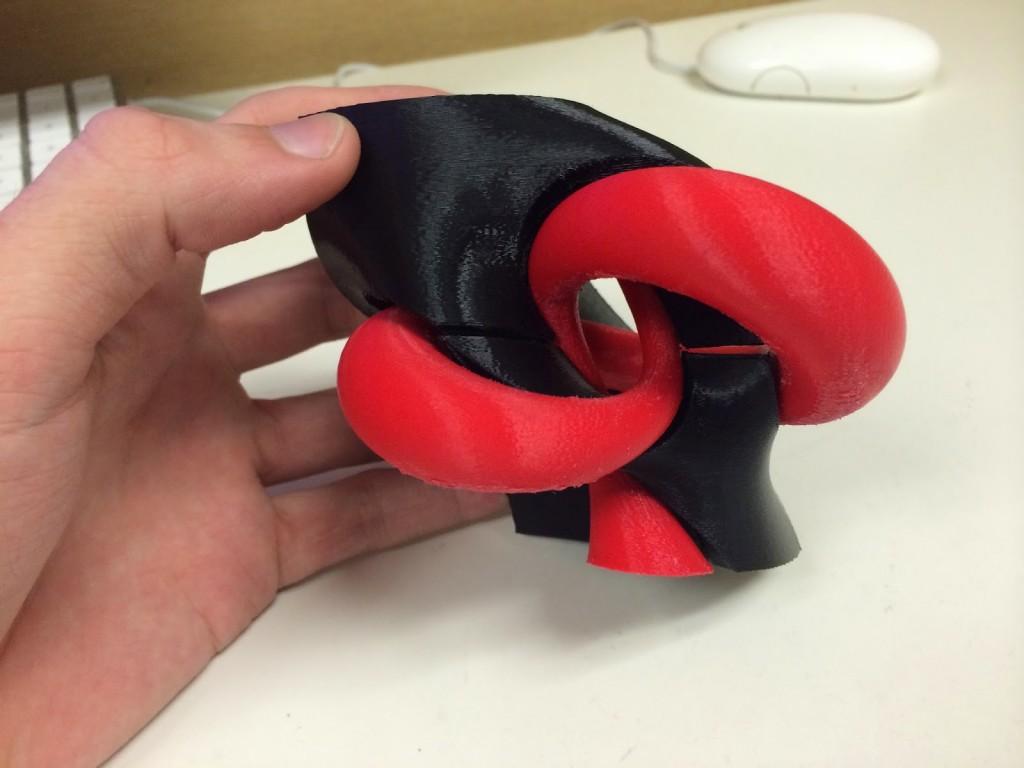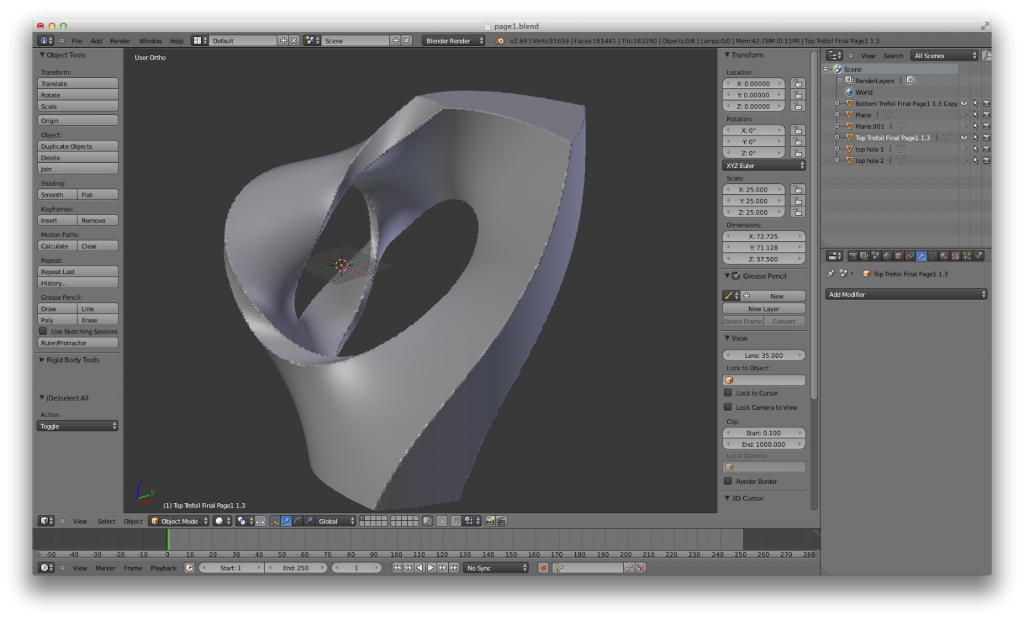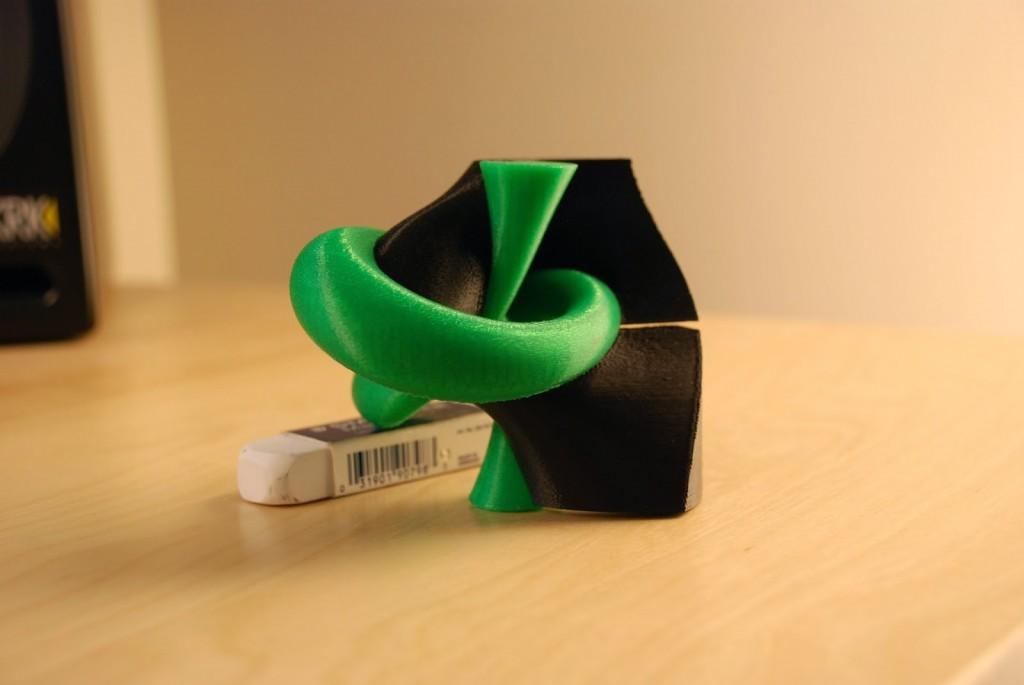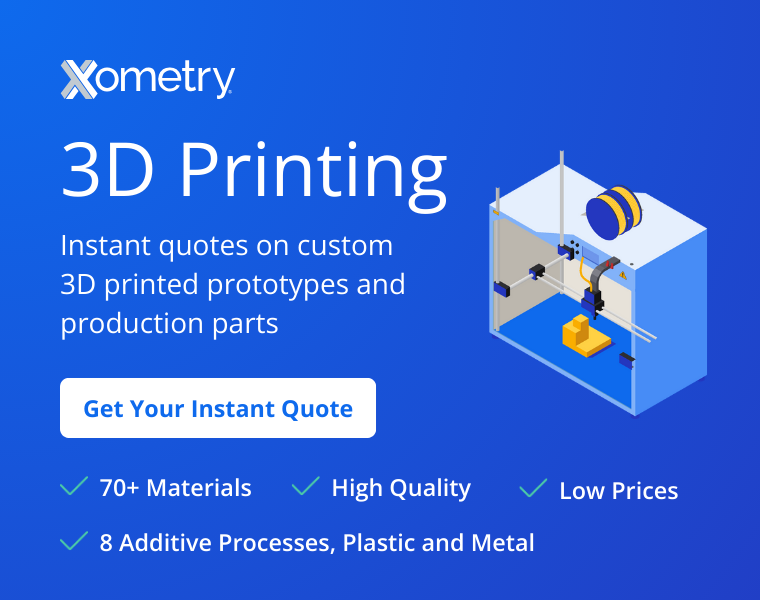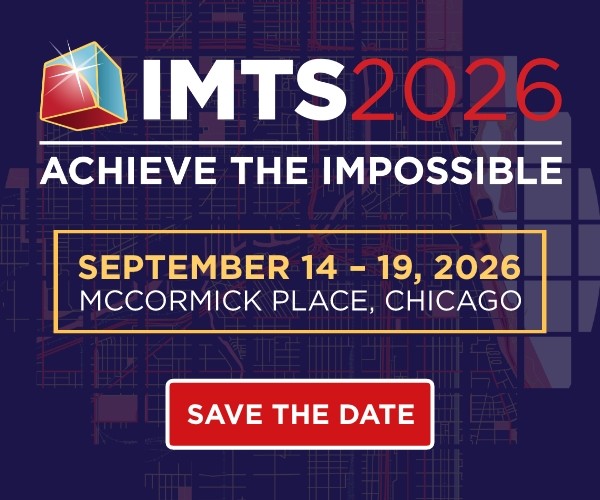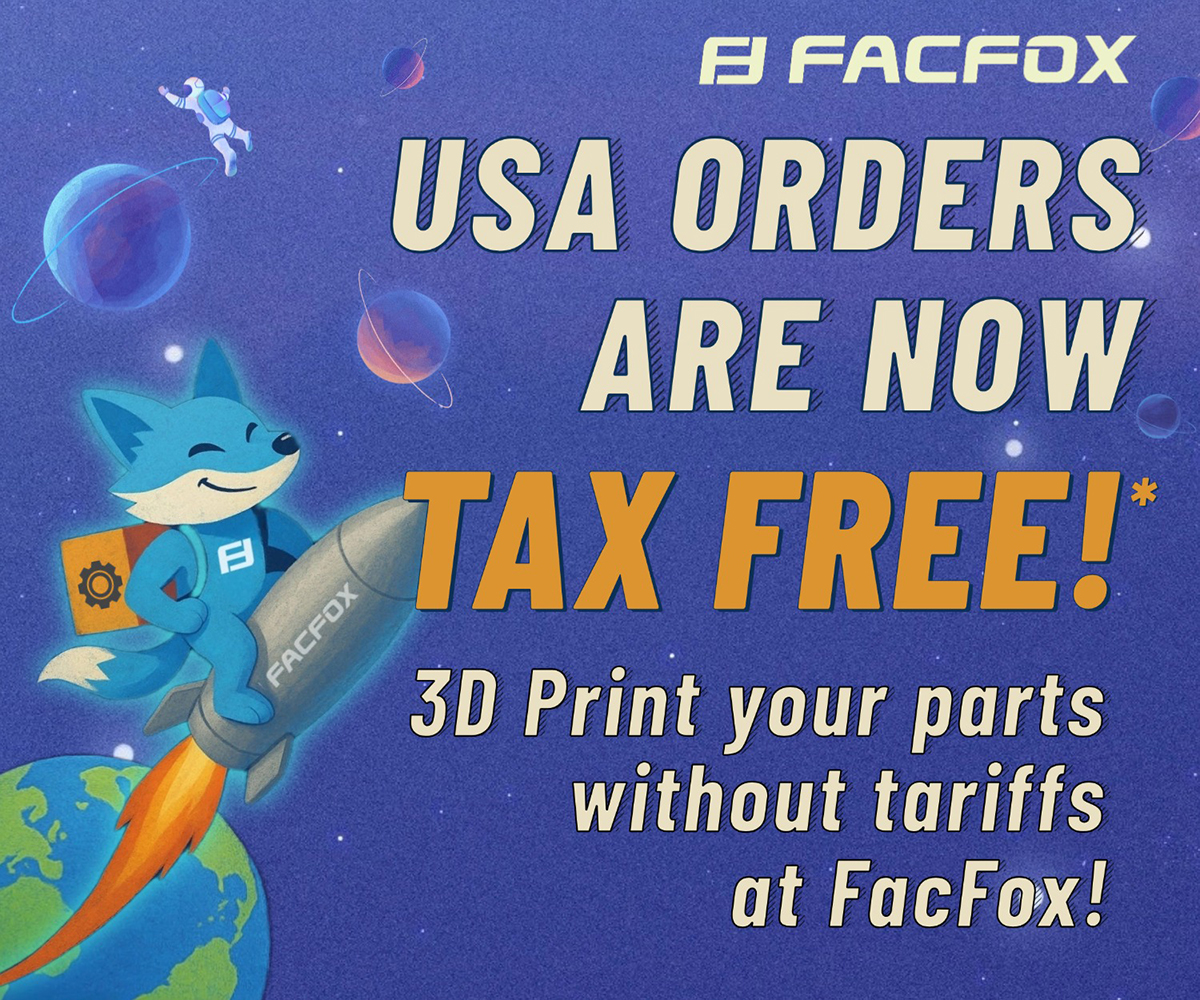Mathematics/Physics Student Creates 3D Printed Puzzle of Trefoil Knot, Catches Mathematical Community’s Interest
Senior year of high school, I made room for drama in my class schedule by dropping from the track of honors math courses (Calculus? no, thanks!) I’d been taking since middle school. I went on to double-major in English and Theatre, which obviously my parents just loved. Since then, I’ve been working as an industry tech editor and writer for the better part of a decade, go figure.
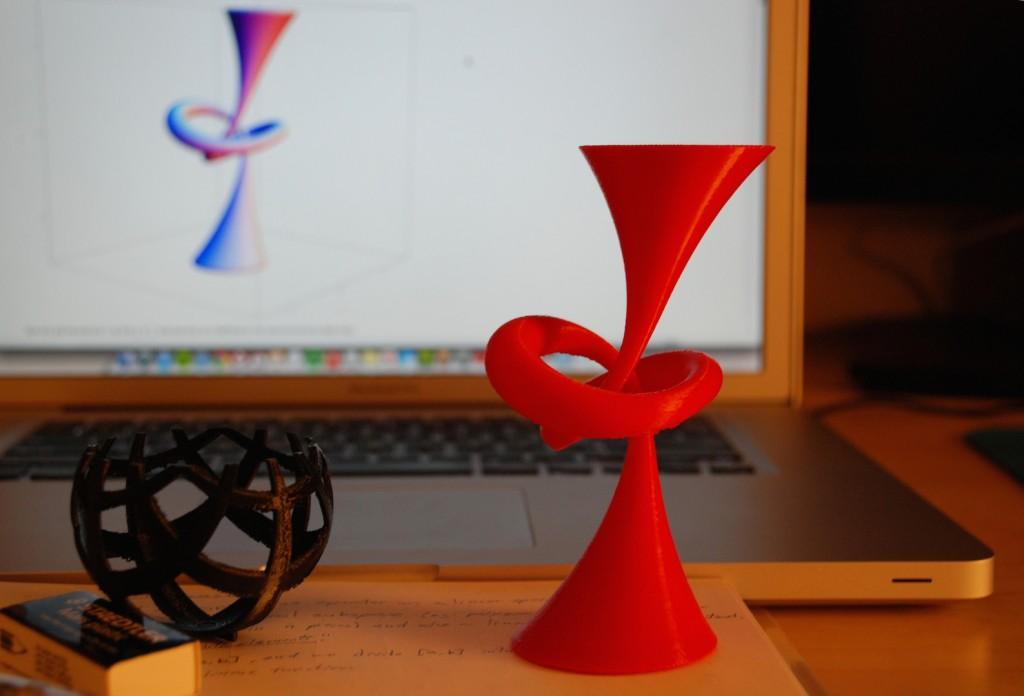
But I’ve still never taken Calculus, so I’ll leave some of the finer points of this latest 3D print project to the mathematical experts who were behind it. As far as I’ve ever really been concerned, a trefoil is a Girl Scout cookie. Obviously, that isn’t all there is to it — a trefoil knot is a mathematically interesting prime knot whose mirror image is not equivalent. It’s a complicated three-crossing piece that proved to be a pretty intriguing project for a mathematics and physics student interested in 3D printing.
Fred Hohman recently came up with a 3D design for a puzzle of a trefoil knot and its fibrations that he could bring about via 3D printing. Hohman, who will graduate this coming May from the University of Georgia with his Bachelor’s degrees in Mathematics and Physics, had the chance to meet Dr. Laura Taalman this summer. Dr. Taalman is a respected mathematician with an interest in 3D printing, and the pair met following her presentation, “Making Mathematics Real: Knot Theory, Experimental Mathematics, and 3D Printing,” at MoMath. With Dr. Taalman’s encouragement, Hohman proceeded to create a code to render a trefoil knot in 3D using RegionPlot3D, which has a built-in Mathematica function.
Hohman went through a thorough process in Mathematica, in which he had to “specify the domain of valu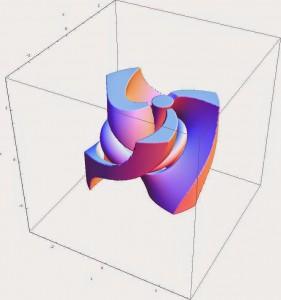 es to plot over in the x, y, and z directions, as well as a mathematical inequality.” The piece involved several steps to render the design into 3D, sharing his process with the Wolfram community.
es to plot over in the x, y, and z directions, as well as a mathematical inequality.” The piece involved several steps to render the design into 3D, sharing his process with the Wolfram community.
Through several steps of examples and iterations, Hohman presents the information needed not just to reprint his fully designed trefoil knot, but to allow users to create their own mathematical 3D printed masterpieces. His project has received some great attention from the mathematical community, including two guest blog posts on Dr. Taalman’s MakerHome blog and a feature on the Sketches of Topology blog post “Mathematics with 3D Printing.”
The finished design is now also available for download on Thingiverse, so you can print your own if you think the design is interesting, but maybe don’t quite want to design your own knot.
Hohman used Blender to create his 3D design, and a MakerBot Replicator 2 — courtesy of his professor, Dr. David Gay, at the University of Georgia — to print the pieces. He also recommends Tinkercad if you’re interested in designing your own mathematically-inspired objects.
Check out the full story of Hohman’s creation, and let us know what you think about it over at the 3D Printed Trefoil Knot Puzzle forum at 3DPB .com.
Subscribe to Our Email Newsletter
Stay up-to-date on all the latest news from the 3D printing industry and receive information and offers from third party vendors.
Print Services
Upload your 3D Models and get them printed quickly and efficiently.
You May Also Like
Heating Up: 3D Systems’ Scott Green Discusses 3D Printing’s Potential in the Data Center Industry
The relentless rise of NVIDIA, the steadily increasing pledges of major private and public investments in national infrastructure projects around the world, and the general cultural obsession with AI have...
3DPOD 260: John Hart on VulcanForms, MIT, Desktop Metal and More
John Hart is a Professor at MIT; he´s also the director of the Laboratory for Manufacturing and Productivity as well as the director of the Center for Advanced Production Technologies....
Etsy Design Rule Change Reduces Selection of 3D Printed Goods
Online marketplace Etsy has implemented a rule change requiring all 3D printed goods on the site to be original designs. The update to the site’s Creativity Standards states, ¨Items produced using...
E-Beam OEM Wayland Additive Partners with USC Racing to 3D Print Titanium Exhaust Collector
Every year, standards organization SAE International holds a competition called Formula SAE, in which students from both undergraduate and graduate programs design, build, and race small formula-style race cars. For...



